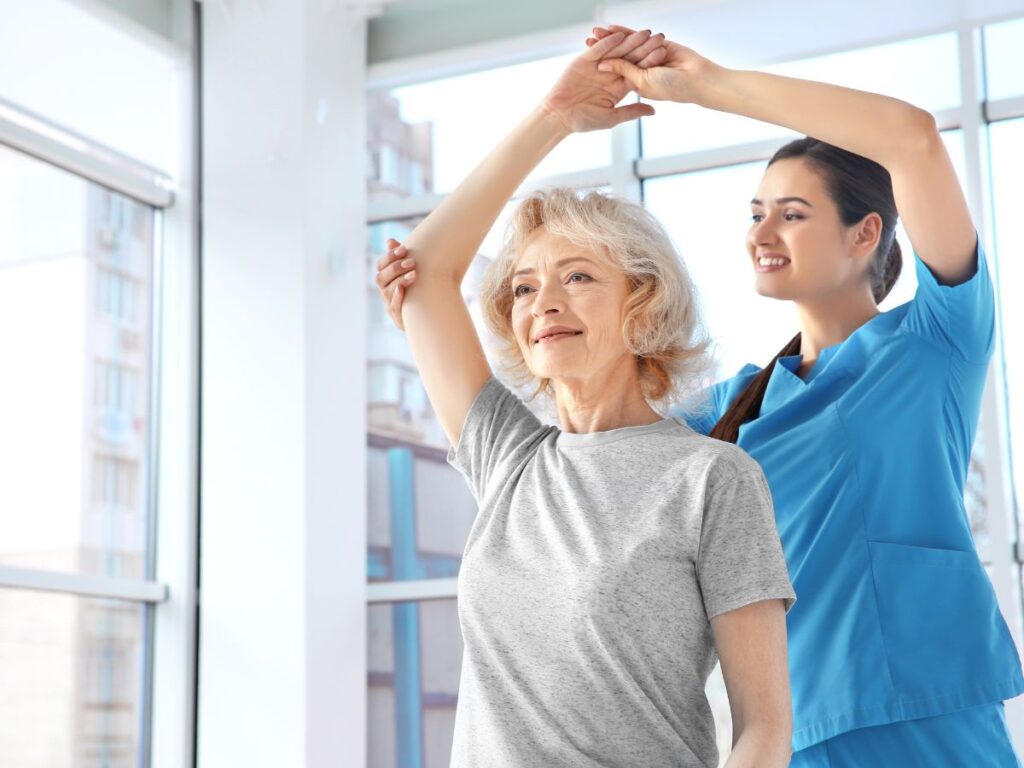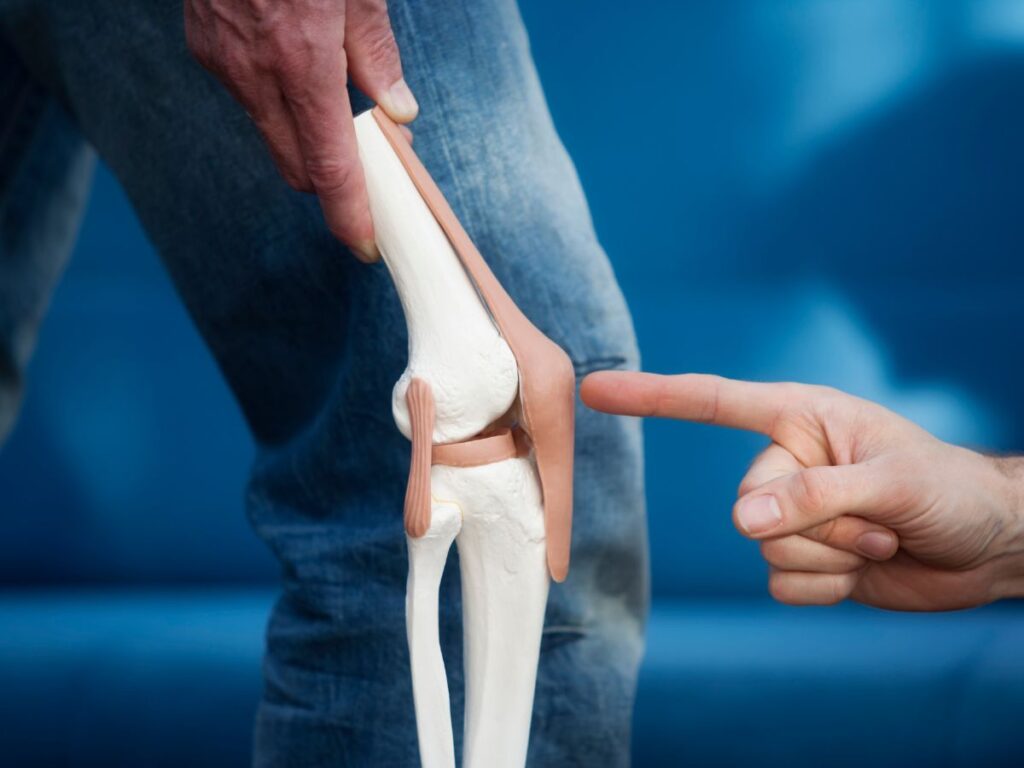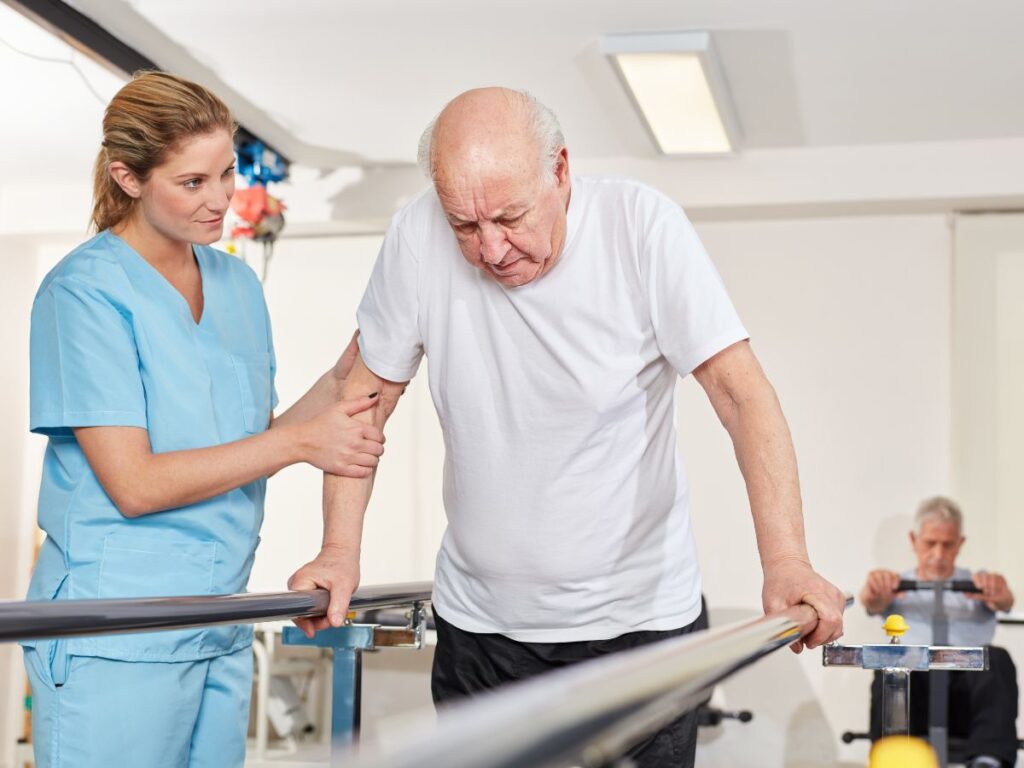How Aging Affects Balance and Gait
As we age, our bodies undergo natural changes—muscles weaken, joints stiffen, and reaction times slow. These shifts can sabotage balance, making each step slightly uncertain. For many older adults, that unsteadiness or shuffling walk fosters anxiety about falls, limiting daily activity. Balance and gait training specifically addresses these hurdles, honing lower-body strength and coordination so every footstep lands securely. By pairing these exercises with Dr. Elham’s alignment guidance, seniors not only reawaken unused stabilizer muscles but also ensure the spine and pelvis support each stride properly. Freed from the fear of stumbling, older adults recapture the freedom to move confidently—whether crossing the living room or strolling around the block with friends.
Issues Underlying Elderly Unsteadiness
Diminished leg strength, arthritic knees, or nerve sensitivity in the feet can degrade precise foot placement. Chronic conditions like diabetes might reduce sensation, complicating balance cues. Inactivity over years robs the body of essential reflexes that counter a wobble. Gait can also suffer if the spine tilts forward from poor posture. Therapy solves these concerns methodically: building muscle endurance in the legs and hips, refining footwork drills, and employing Dr. Elham’s subluxation checks to ensure vertebrae align properly. Over repeated sessions, the blurred line between a secure step and a misstep re-stabilizes, reducing the chance of unexpected falls and fueling a stronger, surer gait that keeps seniors mobile.
Core Elements of Balance and Gait Training
A comprehensive approach generally involves:
- Strength Drills: Light resistance moves—like mini squats, heel raises, or seated leg extensions—to bolster key leg muscles.
- Proprioceptive Exercises: Standing on foam pads, tandem walking, or single-leg stands that sharpen foot-body coordination.
- Gait Pattern Coaching: Therapists guide seniors to adjust stride length, foot rollover, and posture for safe, energy-efficient walking.
- Environmental Navigations: Simulated tasks—like stepping onto a small platform or turning abruptly—to mimic daily movement demands.
- Posture Alignment: Dr. Elham’s checks to eradicate spinal misalignments that disturb balanced weight distribution.
By weaving together these drills, older adults recapture a robust stride, easily surmounting once-daunting challenges—like steps or uneven sidewalks.
Dr. Elham’s Chiropractic Touch
Subtle spinal misalignments can tilt the pelvis, forcing seniors to shift weight onto one side, undermining stable strides. Dr. Elham’s gentle adjustments reset these skeletal faults, ensuring symmetrical posture from the hips upward. If the lower back experiences nerve compressions, an older adult might favor short, cautious steps. By relieving subluxations, the nervous system communicates smoothly with leg muscles, letting the therapy’s balance drills embed truly uniform movement patterns. Over time, synergy between posture alignment and muscle training fosters a cohesive gait—free from wincing or lopsided steps that once signaled near tumbles or fear of falling.
Why Start Early Gait Training
Waiting until multiple falls occur or severe walking issues emerge often means a longer rehab road. Even subtle unsteadiness can escalate quickly, restricting seniors to limited home spaces or reliant on canes. By tackling gait deficits at the first sign—like mild foot scuffing or shaky steps—therapy preserves muscle function and cultivates reflexes that defuse potential stumbles. Regular Dr. Elham visits also deter progressive spine misalignments that complicate walking. Embracing balance training proactively means fewer missed social outings, less fear in everyday tasks, and a better quality of life that embraces mobility well into the golden years.
Maintaining Gains Beyond Sessions
Therapists typically assign short at-home exercises—like heel-to-toe walks along a hall or seated leg raises—to reinforce session results. If mild hip or knee soreness resurfaces, gentle stretching or a warm pack soothes it. Adjusting daily posture, whether at a dining chair or reading in bed, preserves the spine’s neutral alignment. Over time, these micro-steps weave therapy’s benefits into daily motions, ensuring improvements aren’t lost before the next appointment. Dr. Elham’s occasional re-checks guarantee no unexpected subluxations hamper progress. Gradually, older adults find everyday walking or mild exercise becomes smoother, letting them remain active and self-sufficient in tasks that anchor a fulfilling social life.
Tackling Everyday Mobility Challenges
Balance and gait training specifically hones seniors’ ability to navigate daily tasks—like climbing stairs, turning corners, or shifting direction quickly. Therapists may simulate these in a controlled setting, working on pivot steps or scanning the environment while walking. Dr. Elham’s alignment ensures no tilt in the pelvis triggers sudden wobbles. As seniors master these real-life drills, stepping outside for errands or walking on slightly uneven surfaces grows less nerve-wracking. Freed from lingering doubt about each footfall, older adults can fully engage with community events or family visits, trusting their body’s capacity to stay upright and stable wherever they roam.
Risks of Ignoring Gait Issues
Without proper intervention, shaky steps or misaligned posture often spiral into falls, hospital visits, or a resigned dependence on mobility aids. Muscles that remain underused weaken further. Joints endure uneven wear, fueling arthritic flare-ups. Fear of toppling can restrict seniors to minimal movement, undermining cardiovascular health and quality of life. By contrast, consistent balance training fosters robust muscles, refined stepping reflexes, and fewer near-miss moments. Periodic Dr. Elham check-ups intercept advanced posture woes, preserving the joy of unencumbered movement. Ultimately, ignoring subtle gait deficits might yield abrupt declines in independence, whereas targeted therapy secures an active, socially connected lifestyle.
Typical Balance & Gait Session Flow
Early sessions assess stability—like single-leg stands or short walking lines—to gauge baseline. Gentle warmups or light stretches loosen tight calves or hip flexors. Dr. Elham might adjust the lumbar or sacrum if subluxations hamper symmetrical weight distribution. Next, seniors practice stepping drills, gradually progressing from holding a stable support to walking short distances unassisted. Additional tasks might include obstacle navigation (like stepping over small cones) or carefully timed turns. If knee weakness surfaces, specific strengthening moves address that gap. Over repeated visits, older adults incrementally master these exercises, culminating in a confident gait that handles daily changes in surface or direction with minimal waver.
Stepping Forth with Assurance
Balance and gait training for the elderly breathes new life into footsteps once marred by uncertainty. Through strategic strengthening, agility drills, and Dr. Elham’s alignment, older adults discover stability that transcends shaky ankles or wobbly knees. Freed from the fear of a misstep, they can reengage with community life—visiting local shops, walking with friends, or simply pacing about the house—without each step feeling like a gamble. This synergy grants them the dignity of self-reliance, anchoring both physical and emotional well-being. Ultimately, harnessing consistent therapy unlocks a future where aging aligns with motion, letting seniors stride confidently into each new day, stable on their feet, unafraid of the ground beneath.






